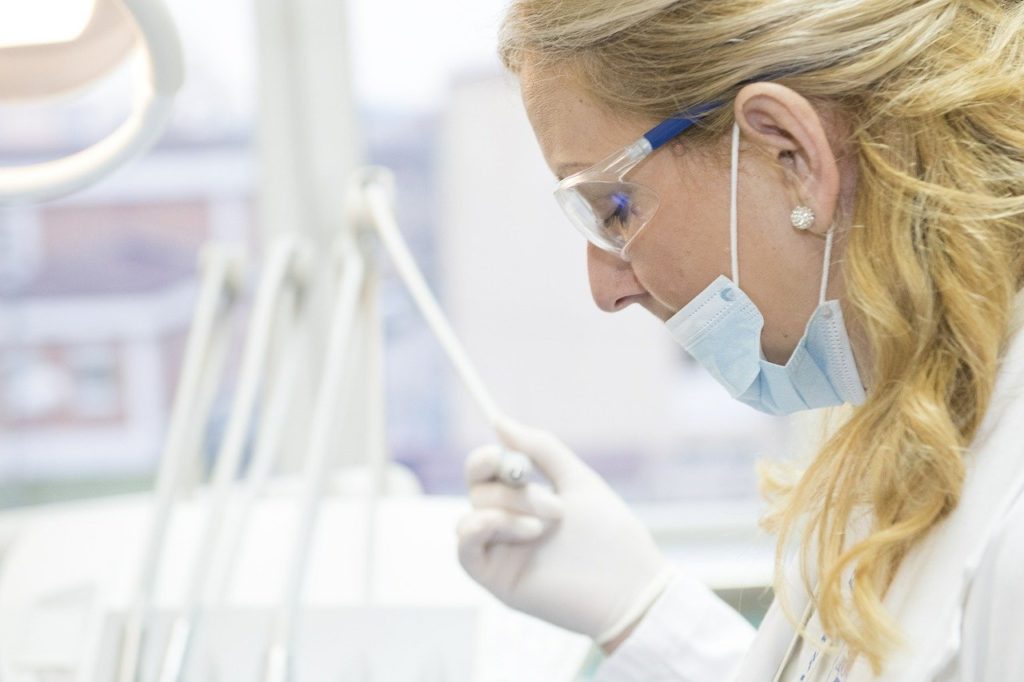One of the most common sexually transmitted diseases (STDs) in America, surpassed only by the human papillomavirus (HPV), chlamydia is known as a silent disease, due to its largely asymptomatic nature.
Though the majority of those infected show no signs of chlamydia — often causing it to go undetected — current estimates tell us that approximately 2.8 million people are infected each year. Transmitted via oral, vaginal, and anal intercourse, chlamydia spreads from partner to partner, but it can spread from mother to infant during childbirth, as well.
Though the disease usually has no visible symptoms, it certainly isn’t harmless. When left untreated, the bacterium Chlamydia trachomatis can cause irreversible damage to the female reproductive system just as quietly and unnoticeably as the symptoms of the STD itself.
Potential complications include pelvic inflammatory disease, infertility, chronic pelvic pain, and ectopic pregnancy, as well as a potentially heightened risk of contracting human immunodeficiency virus (HIV) if exposed. In men, symptoms can include burning during urination or itching around the penis opening, as well as discharge. Infection can spread to the epididymis (where sperm are stored), causing pain, fever, and potentially, infertility, but this is very rare.
When symptoms do occur, they usually start appearing one- to- three weeks after exposure. Both men and women showing signs of infection might experience abnormal discharge or a burning sensation when urinating. If the infection spreads to their fallopian tubes, additional symptoms women might feel include lower abdominal or back pain, pain during intercourse, fever, nausea, or bleeding between menstrual periods.
Thankfully, chlamydia can be diagnosed with a simple urine test. But because chlamydia is often undetectable without one, it’s very important to get tested regularly. The Centers for Disease Control recommends that pregnant women, women under the age of 26, and older women exhibiting risk factors for chlamydial infection (such as new or multiple sexual partners) get tested yearly, although — depending on personal lifestyle — some may choose to be tested more frequently.
Be aware that if you are diagnosed with chlamydia, it can easily be treated with antibiotics. When taking medication for the infection, do not engage in sexual intercourse for seven days after the antibiotics start — whether it’s a one-day dose or a seven-day treatment. Also, if you’re infected, there’s a possibility that your partner is too and will need to be tested for this STD as well.
Unless your partner is also tested, there’s a high likelihood of re-infection once you come off the antibiotics, which can heighten the risk of serious complications to your reproductive system — not to mention the danger to any other partners either of you might have in the future. Three months after treatment, be sure to go back to your doctor to be tested a second time. After all, when it comes to your sexual health, there’s no such thing as being too careful.
As with any STD, the simplest form of prevention is abstinence. But if you’re in a committed, monogamous, sexual relationship with a person who does not have chlamydia, you are unlikely to contract it. Until you and your partner have both been tested for STDs, however, it’s crucial to practice safer sex by using protection every time you engage in any sexual activity in which there is a transmission of bodily fluids. Latex condoms — used correctly and consistently — reduce the risk of spreading the infection from one person to the next.

